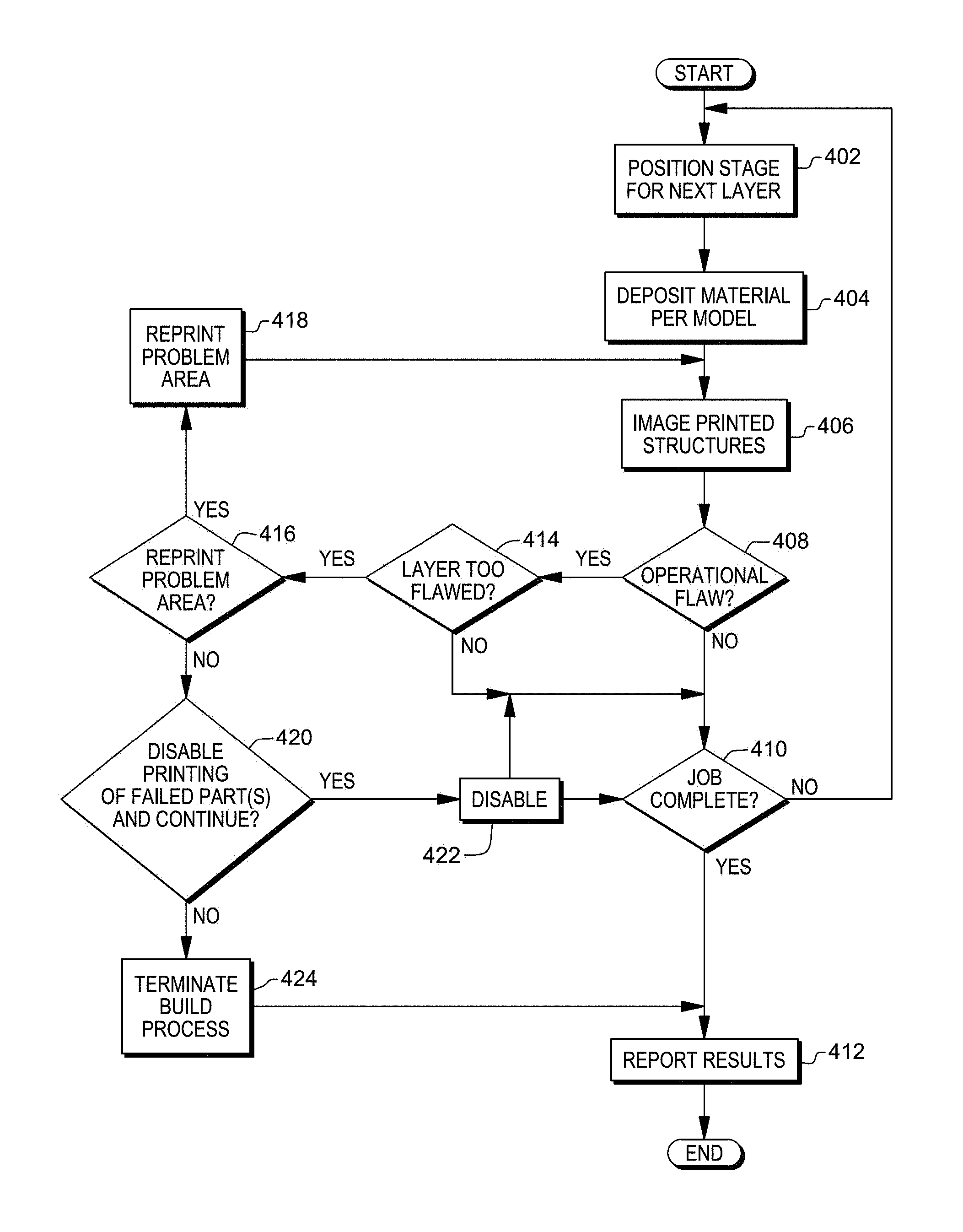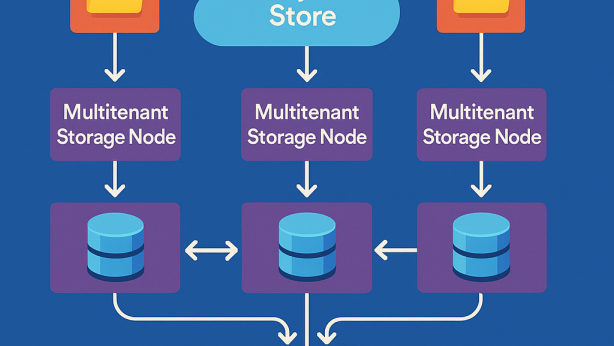Invention for Operational performance evaluation of additive manufacturing

Invented by Mark Allen Cheverton, Christopher Allen Nafis, Robert William Tait, Russell Ryder DENNISON, General Electric Co
The market for operational performance evaluation of additive manufacturing is growing rapidly. According to a report by MarketsandMarkets, the global market for 3D printing quality assurance and control is expected to reach $788 million by 2023, growing at a CAGR of 22.8% from 2018 to 2023. This growth is driven by the increasing adoption of additive manufacturing in various industries such as aerospace, automotive, healthcare, and consumer goods.
The operational performance evaluation of additive manufacturing involves assessing the quality, accuracy, and consistency of the printed parts. This is done through various methods such as dimensional analysis, surface roughness measurement, and material testing. The evaluation also includes monitoring the process parameters such as temperature, humidity, and speed to ensure that they are within the desired range.
There are several companies that offer operational performance evaluation services for additive manufacturing. These companies use advanced technologies such as computer-aided inspection, non-destructive testing, and machine learning algorithms to provide accurate and reliable results. Some of the key players in this market include Materialise NV, EOS GmbH, Renishaw plc, and SLM Solutions Group AG.
The demand for operational performance evaluation services is driven by the need for quality assurance and control in additive manufacturing. As the technology becomes more widespread, there is a growing concern about the consistency and reliability of the printed parts. This is especially important in industries such as aerospace and healthcare where the parts have to meet strict quality standards.
In conclusion, the market for operational performance evaluation of additive manufacturing is growing rapidly. The increasing adoption of 3D printing in various industries is driving the demand for quality assurance and control services. As the technology continues to evolve, there will be a need for more advanced evaluation methods and technologies to ensure that the printed parts meet the desired quality standards and efficiency levels.

The General Electric Co invention works as follows
A method is provided for assessing the operational performance of a 3D printing apparatus. Images are taken in real time during a 3D printing process. The images show an area on the build platform where the structure is being built. Based on the evaluation, it is determined whether there has been an operational flaw in the 3D printing apparatus. Operational flaws are errors in the operation or component of the 3D printing apparatus. These errors can be seen as distortions in the structure being built, and/or in the materials used.

Background for Operational performance evaluation of additive manufacturing
Additive manufacturing refers to the process of building a three-dimensional structure, usually in layers, using a digital model. This process is also known as 3D printing (3D), rapid prototyping (3D), or ‘print? Although some of these technologies rely on melting/fusing with an energy source to create the structure, others use the term?print?. In the traditional sense, material is placed at specific locations. Fused Deposition Modeling is one example of additive manufacturing. Although 3D printing technology continues to improve, it is still slow to create a structure layer by layer. Some builds can take several days.
Quality assurance is one of the drawbacks to current additive manufacturing processes. It takes some analysis to ensure that the part meets the design criteria and manufacturing thresholds. Non-destructive engineering can be used to evaluate the parts, such as scanning. This will ensure that they meet the design criteria. In other cases, however, parts may need to be dissected to verify that a particular lot or sample has met the design requirements. It can cause inefficiency and a lot of waste if a manufacturing defect or design issue is discovered later.
There have been attempts to address the problem. One example is selective laser sintering. Images are taken to estimate the production process of large features. To determine whether a part is defective, a scoring system is used. This system cannot however determine the root cause of failure. There are only a few techniques currently available in the traditional 3D printing field.
There is a growing demand for real-time inspection and processes that can assess additive manufacturing products and assess their quality and the health of the systems.
BRIEF DESCRIPTION
Given the amount of time and materials that have been expended, it can be crucial to ensure that a build is going according to plan. A method for assessing the operational performance of a 3D printing apparatus is described in accordance with these aspects. This method involves, for example, taking images of an area on a platform where the 3D printing apparatus is building a structure; processing the images and determining if there is an operational problem with the 3D manufacturing device.
A system is also provided to assess the operational performance of an add-on manufacturing apparatus. The system comprises, for example, a memory and a processor communicating with it. It is capable of performing: obtaining images of an area on a build platform where at least one structure has been built by an additive manufacturing apparatus; evaluating the images with a processor; and determining, based upon the evaluation, whether there is an operational flaw in the additive manufacturing apparatus.
A computer program product is also provided to evaluate the operational performance of a 3D printing apparatus. A computer program product may include, for example, a non-transitory computer-readable storage medium that can be read by a processor. It contains instructions for execution. The method comprises: obtaining images of an area on which at least one of the 3D printing structures is being built using the 3D printing apparatus; evaluating these images; and determining, based upon the evaluation, whether there has been an operational problem with the 3D printing apparatus.
Aspects of the present invention provide additional features and benefits. Additional embodiments and aspects are described herein and are included in the claimed invention.
DRAWINGS

One or more of the inventions are specifically mentioned and clearly claimed in the claims at paragraph 7 of the specification. These and other features and advantages of the invention can be seen in the detailed description and accompanying drawings.
FIG. “FIG.
FIG. “FIG.
FIGS. 3A & 3B show images of overhead and angled-overhead views for a witness fence that was printed by an additive production apparatus. These views are intended to aid in operational performance evaluation of the apparatus.
FIG. “FIG. 1. In accordance with the aspects described herein
FIG. “FIG.
FIGS. FIG. 6A-6D show alternative arrangements for the camera part of the additive manufacturing device of FIG. 5 in accordance to the following aspects;
FIGS. 7A-7B show angled-overhead images of an area on a build platform with a powder bed. These views are in accordance to the aspects herein.
FIG. “FIG.8” illustrates an example of how to build one or more structures with the additive manufacturing apparatus shown in FIG. 5 in accordance to the following aspects;
FIG. “FIG. 9 illustrates an example of an assessment of the operational performance of additive manufacture during an additive manufacturing build process. It is in accordance to aspects discussed herein.

FIG. “FIG.

Click here to view the patent on Google Patents.


